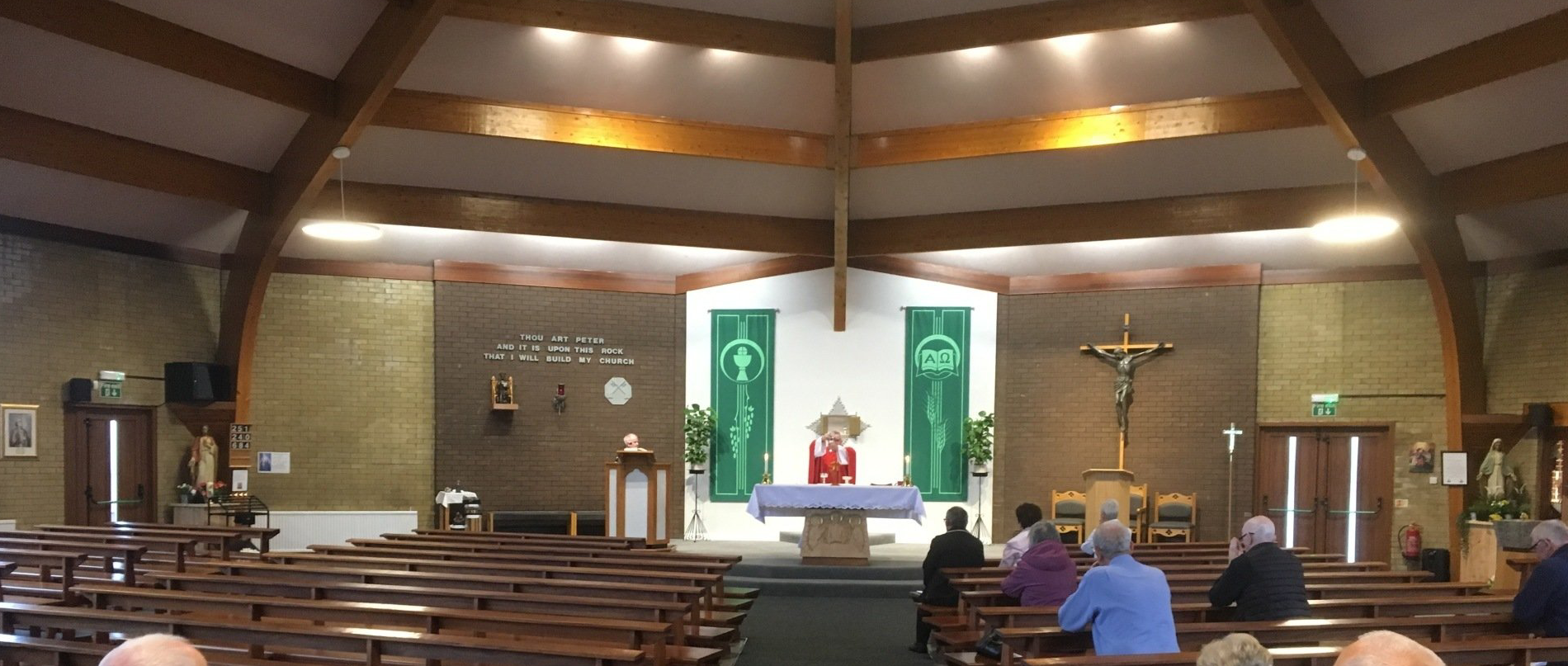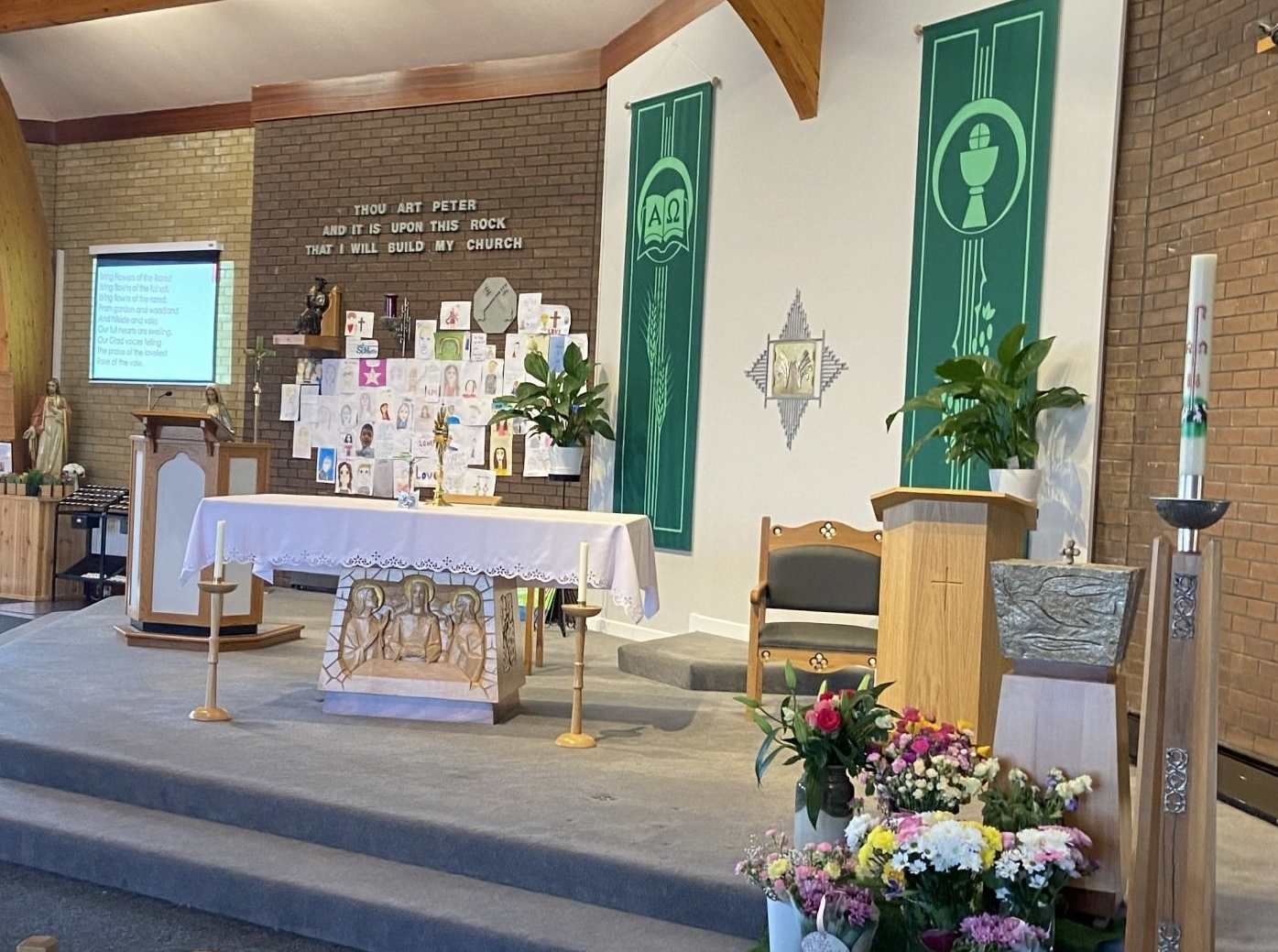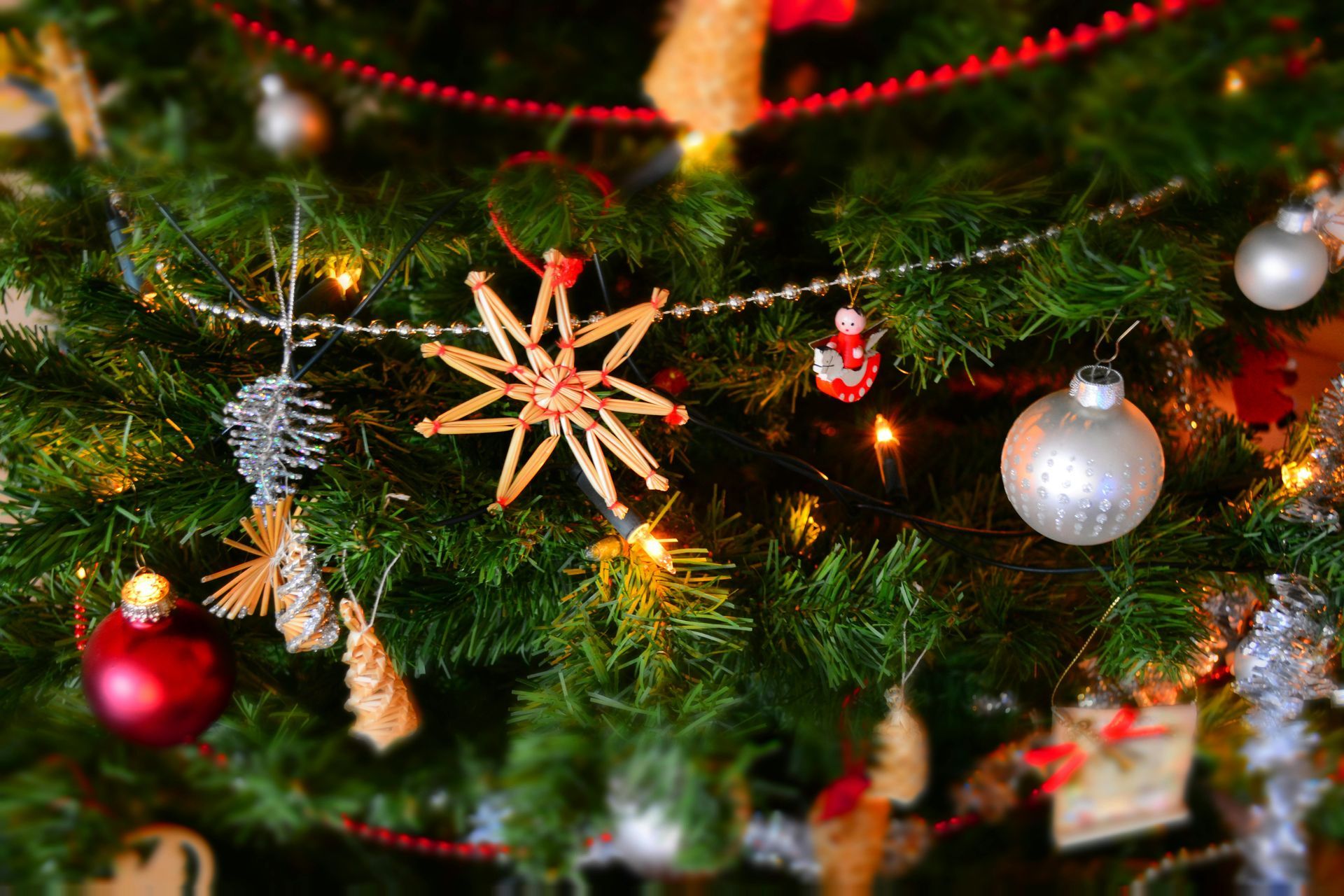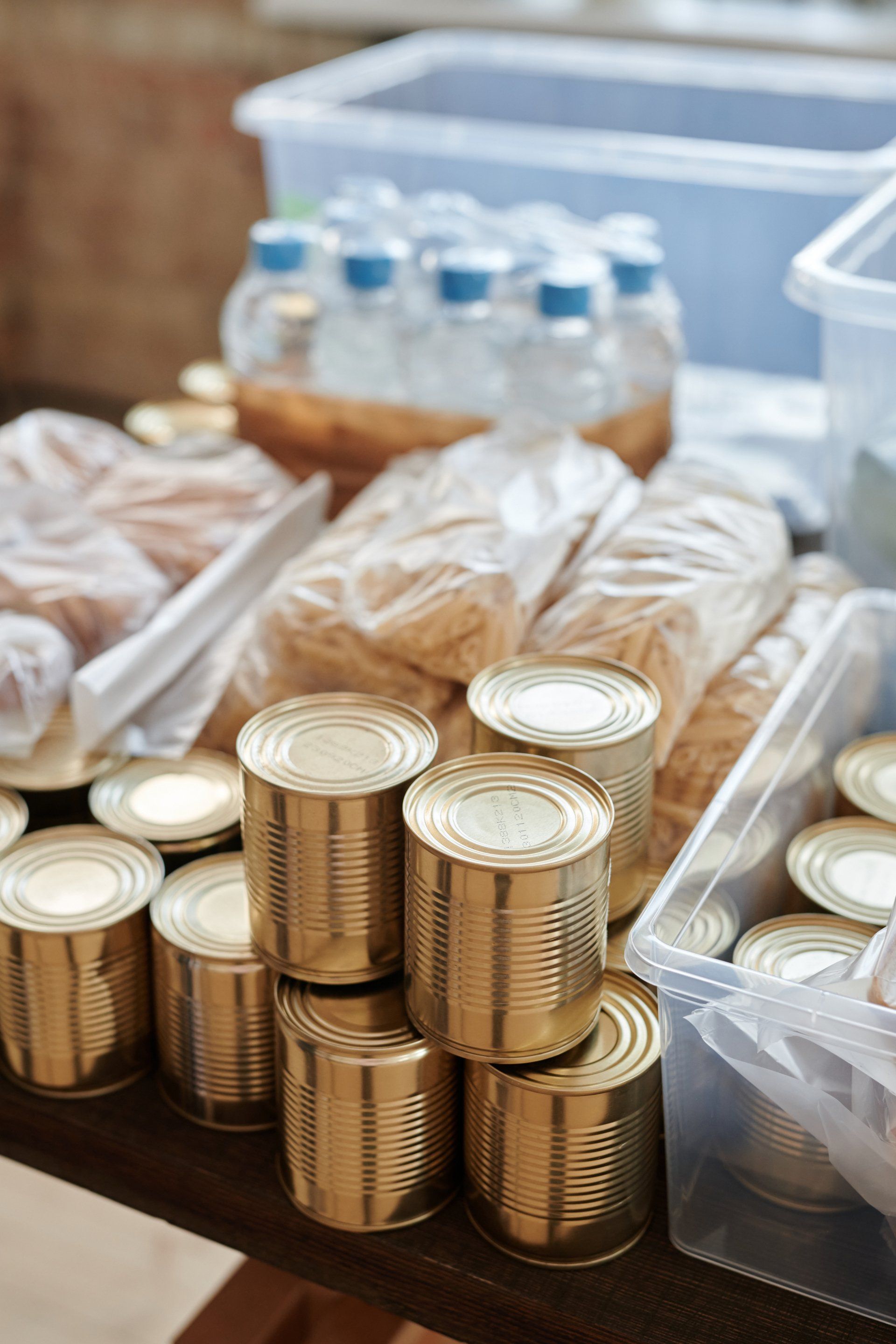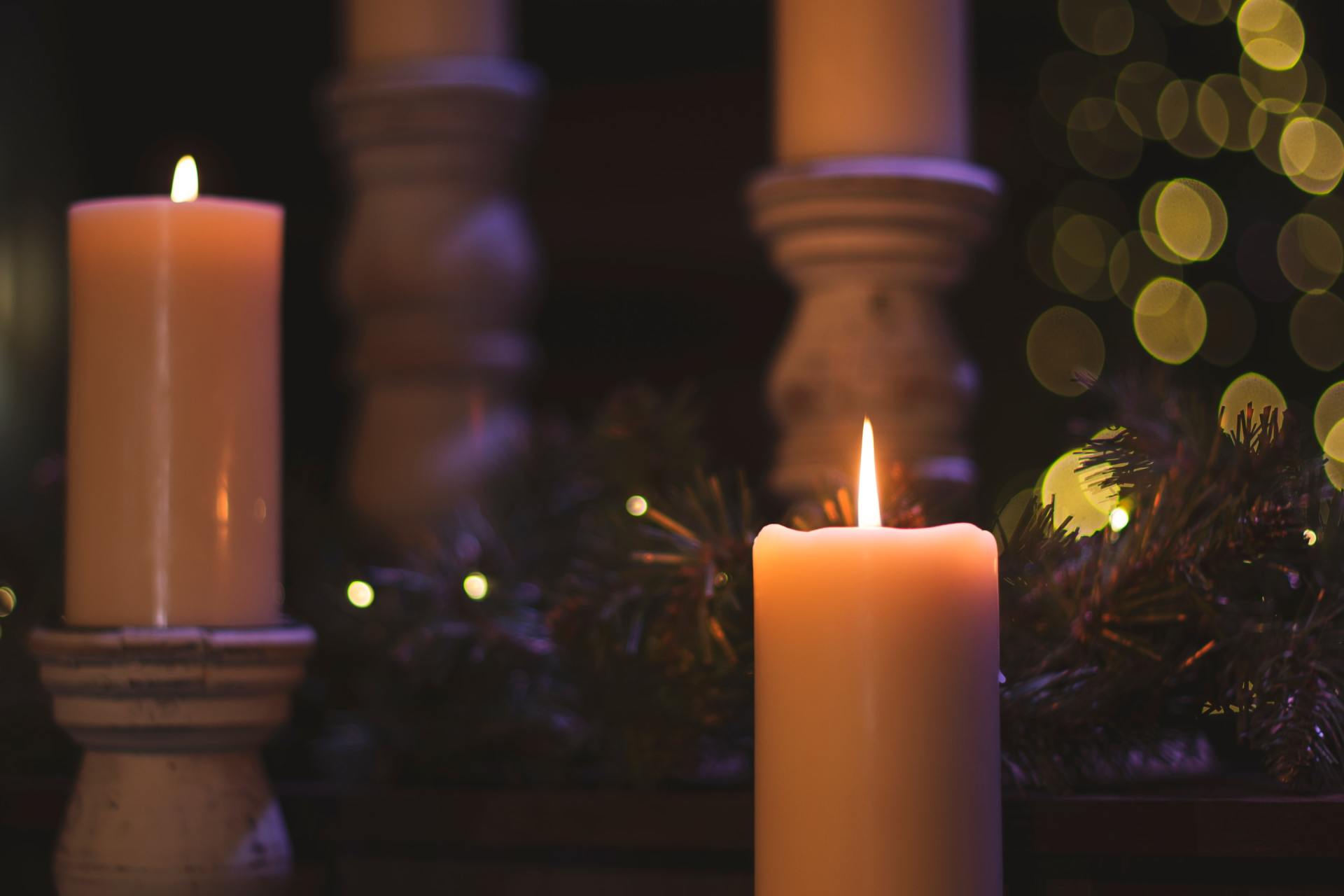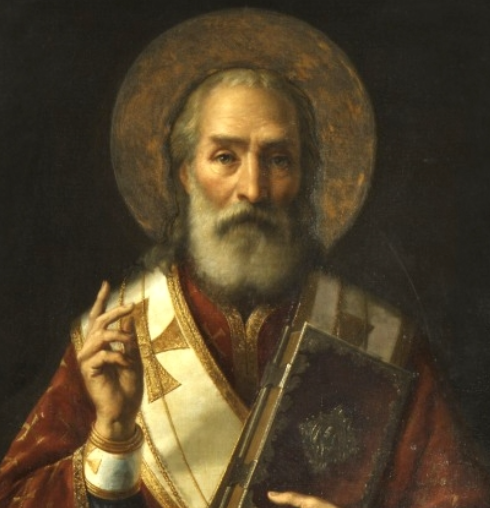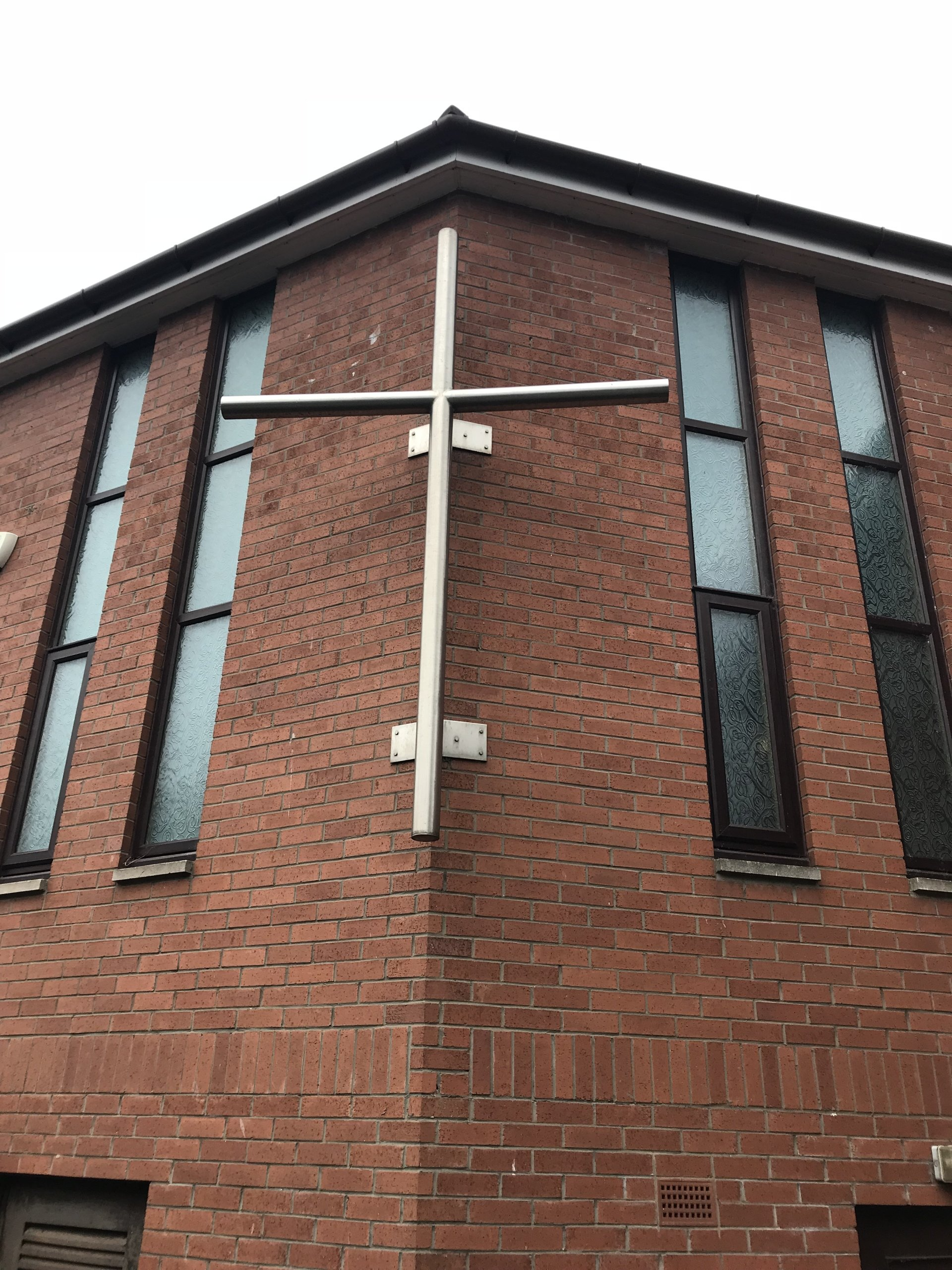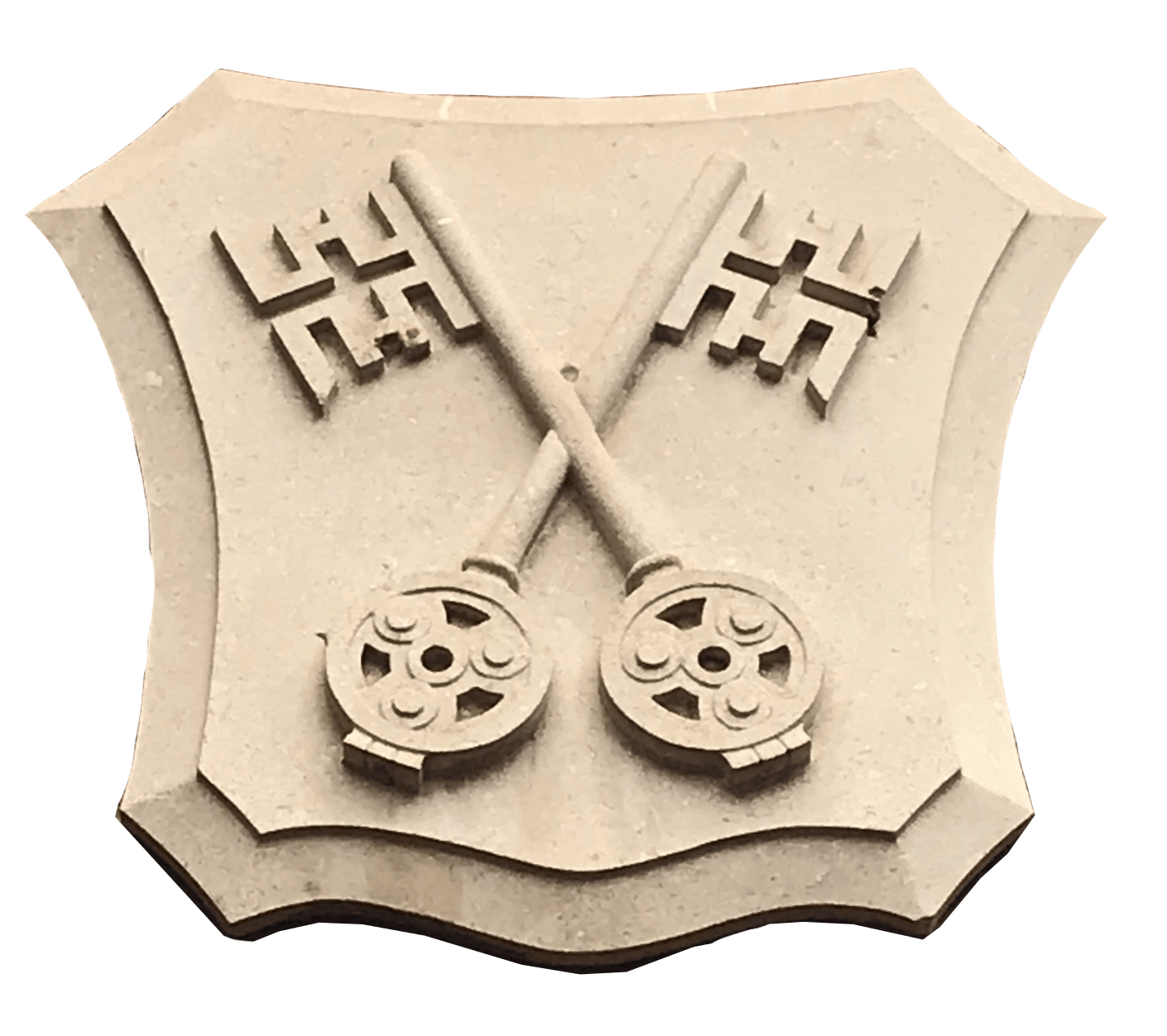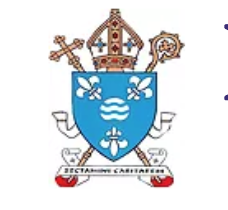Our Lady of Aberdeen 9th July 2021
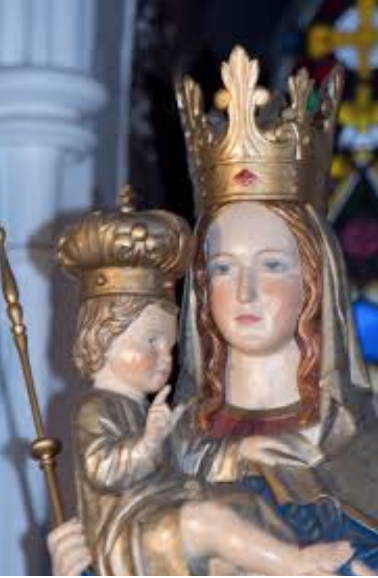
Our Lady of Aberdeen is a Madonna and Child statuette, a copy of a similar statuette in Brussels known as Notre Dame du Bon Succès. Copies of Notre Dame du Bon Succès are to be found across the North East of Scotland. It is believed that the statue in Brussels may have been in Old Aberdeen as early as 1450. References to a statue in a Chapel at the Bridge of Dee in Aberdeen suggest that it may have been placed there by Bishop Gavin Dunbar of Aberdeen (1514–1531). [1] At the beginning of the Scottish Reformation (c. 1559) many religious objects from churches in Aberdeen and the St Machar's Cathedral in Old Aberdeen were given for safe keeping to Catholic sympathisers. It is claimed that the statue was in the hands of a Catholic family, the Gordons of Strathbogie, until 1625. It was then sent to the Low Countries by a William Laing, thought to be the Procurer for the Kings of Spain to the Infanta Isabella Clara Eugenia in Brussels. There is a reliable history of Notre Dame du Bon Succès in Brussels from that date. In Scotland the Catholic Church celebrates 9 July as Our Lady of Aberdeen Day. There are copies in St Mary's Cathedral, Aberdeen and in the Bishop’s House, formerly the Convent of the Sacred Heart in Aberdeen. Other copies include one in Buckie and one in St Peter's Church in Aberdeen. For historic details of Notre Dame du Bon Succès and Our Lady of Aberdeen see the papers by Ray McAleese – below. The monograph by Ron Smith (see below) gives a devotional account of beliefs about Our Lady of Aberdeen and Notre Dame du Bon Succès. There is an account of the statue, and the priest who served in the Chapel in William Kennedy, Annals of Aberdeen, from the Reign of King William the Lion, to the End of the Year 1818, (London: [s.n.], 1818). " … In this age of superstition, according to the custom of the time, the bridge was provided with a chapel, dedicated to the Virgin Marv, erected on the north end, that travellers who passed and re-passed might have an opportunity of exercising solemn acts of devotion at its altar, of which Sir William Rae was chaplain. There belonged to this institution a silver crucifix, chalice of silver, an image of the Virgin over gilt, three embroidered napkins, and other sacred utensils, some of which were preserved at the Reformation, when the chapel was probably demolished …" (pp 417/418)
